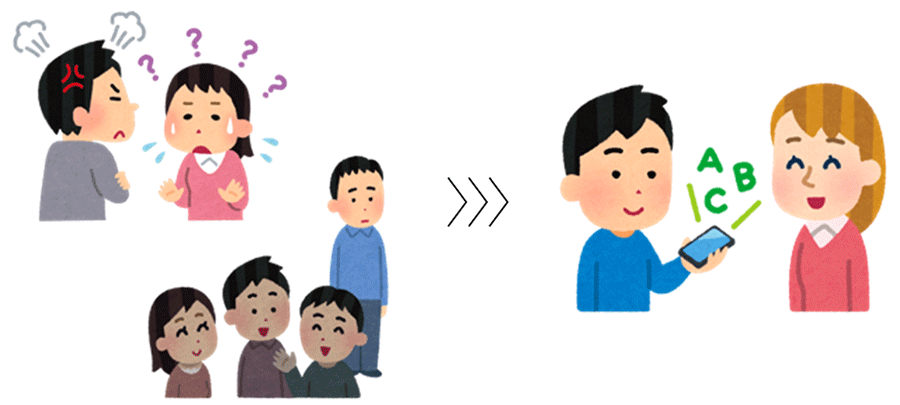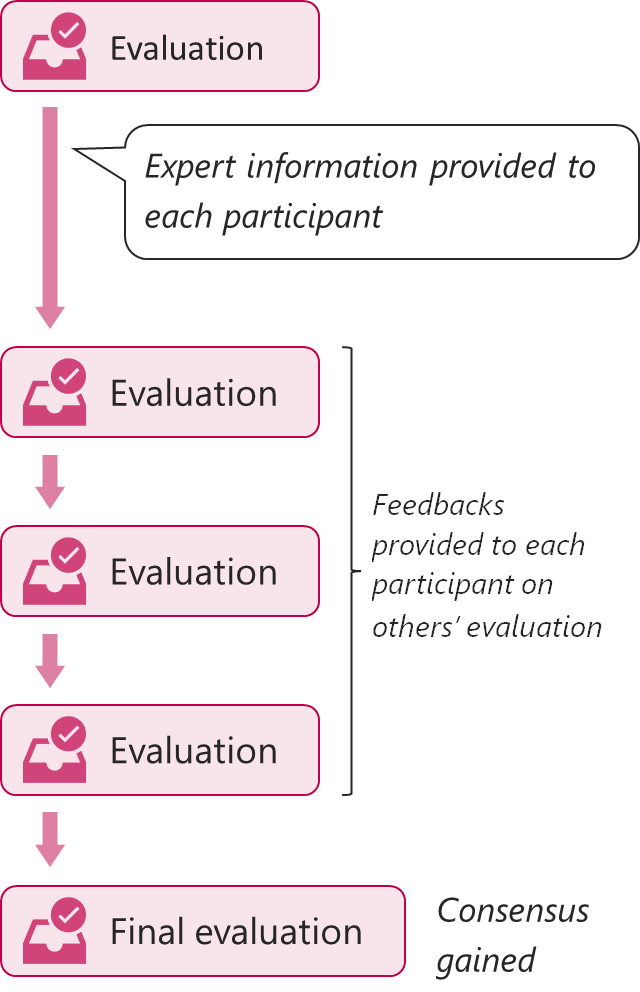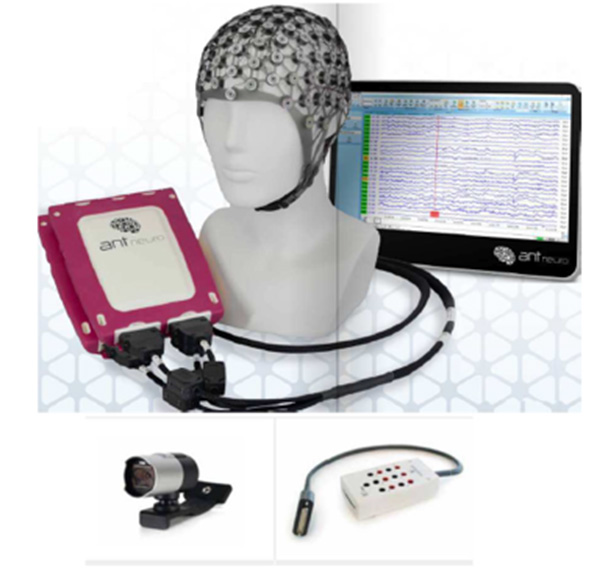Progress Report
Development of “Jizai Hon-yaku-ki (At-will Translator)” connecting various minds based on brain and body functions4and5. Social implementation of Jizai Hon-yaku-ki (neurodiversity / education)
Progress until FY2022
1. Outline of the project
n R&D Themes 4 and 5, we analyze and solve problems in Jizai Hon-yaku-ki implemented in the following two contexts. R&D Theme 4 focuses on using Jizai Hon-yaku-ki as supported communication, especially involving people with developmental conditions. While our R&D project is not dedicated specifically to disabled people, it may have the social benefit of improving our communication while respecting neurodiversity.

R&D Theme 5 addresses classroom use of Jizai Hon-yaku-ki for education. Along with the MEXT initiative to install up-to-date devices for students to utilize in their study, our R&D Theme 5 aims at providing proof-of-concept cases of educational application.
Close engagement with the relevant parties (like those with developmental conditions, their supporters, children, and teachers) is necessary from the very beginning of our R&D. The common task of these two R&D Themes is to incorporate their viewpoints to make Jizai Hon-yaku-ki useful to them.
2. Outcome so far
- Designed a method of user-led research to incorporate ASD people’s perspectives;
- Established a user-friendly, real-time EEG/behavior recording system.
Outcome 1:
We applied the Delphi method, a structured forecasting approach of discussion relying on experts’ input. In addition to the usual experts in science and engineering, we had those with developmental conditions as “experts” on their experiences.
This kind of collaboration lays the ground for our user-led research in this R&D project. It will further provide prototype practices incorporating the viewpoints of users with disabilities.

of the Delphi method
Outcome 2:
We established a system to record electroen-cephalography (EEG) simultaneously with active behavior.
One key in this R&D is to collect brain data from users, including people with developmental conditions. Existing EEG recorders took much time to put electrodes on the surface of their head, casting them a heavy burden to participate in our research.
We introduced a wearable, head-mounted EEG recorder to make the recording process less burdensome to participants. We also developed a system that enables real-time EEG/behavior recording and simultaneous EEG/behavior recording from multiple participants. This is a step to analyze users’ brain activities during real-life communication.
So far, we are engaging with potential users ? especially those with developmental conditions ? in various ways to lead our R&D better.

3. Future plans
We continue the ongoing engagement with users in every stage of our R&D, from basic research to trial and assessment of the products.
Our R&D project also plans to build partnerships with educational sectors to proceed to trial implementations of Jizai Hon-yaku-ki for educational use. (Tokyo U: S. Kumagaya, Showa U: M. Nakamura, Tohoku U: K. Tsutsui)